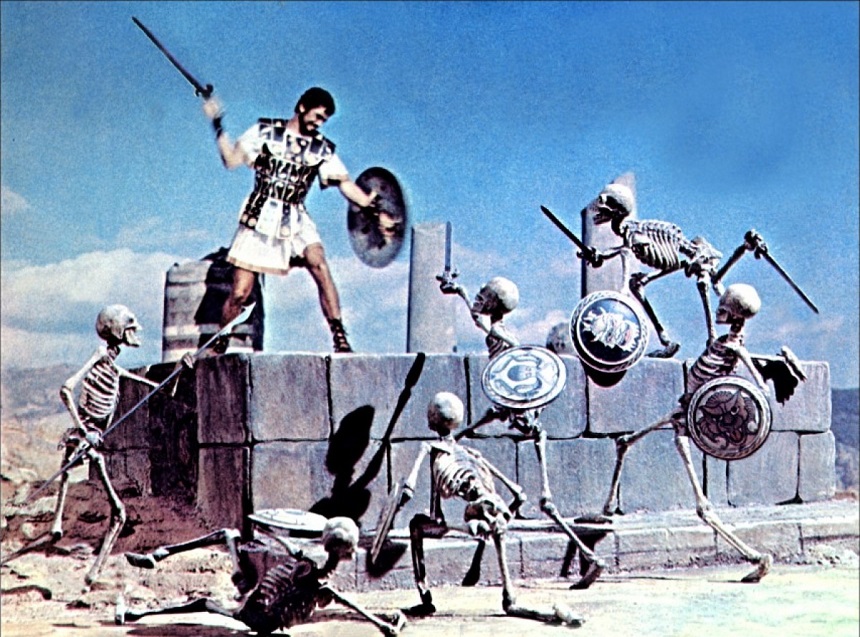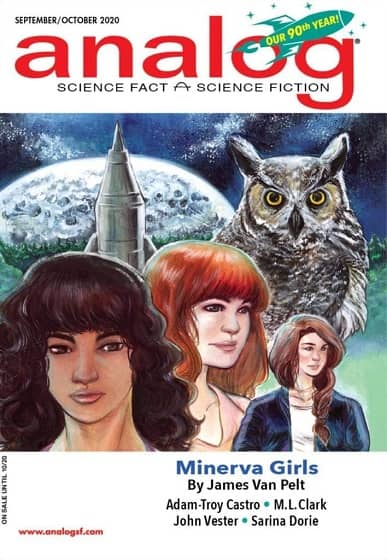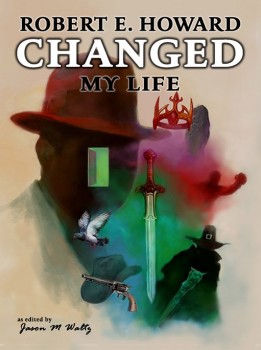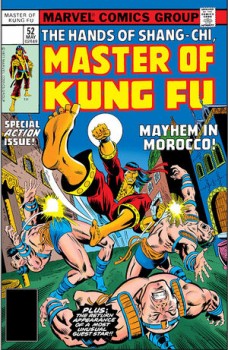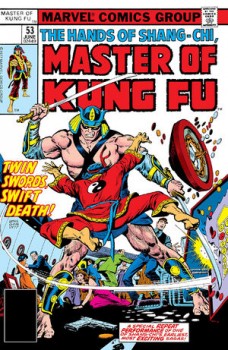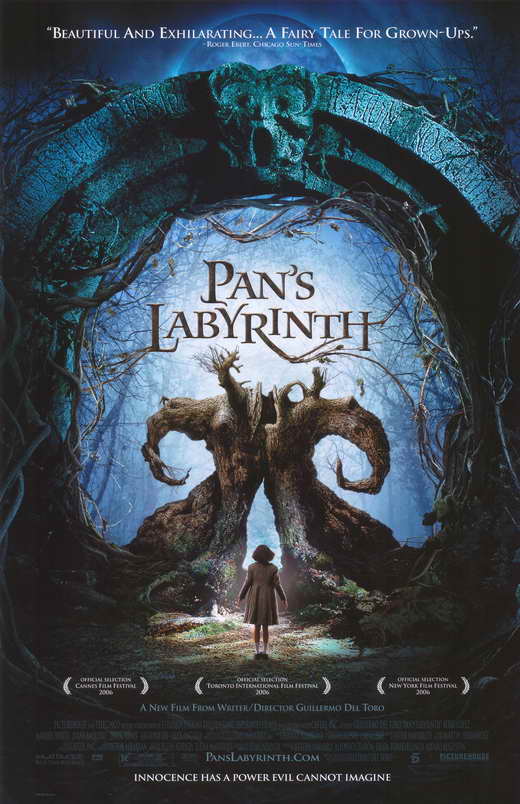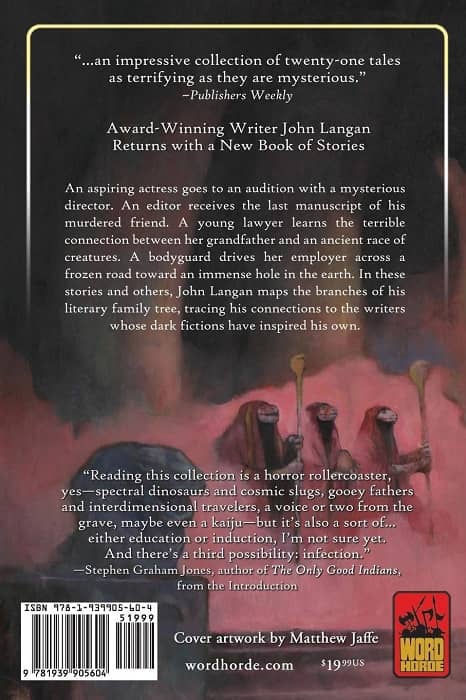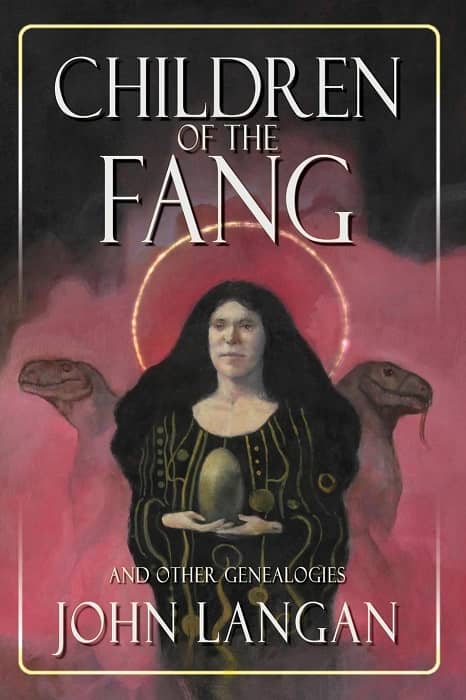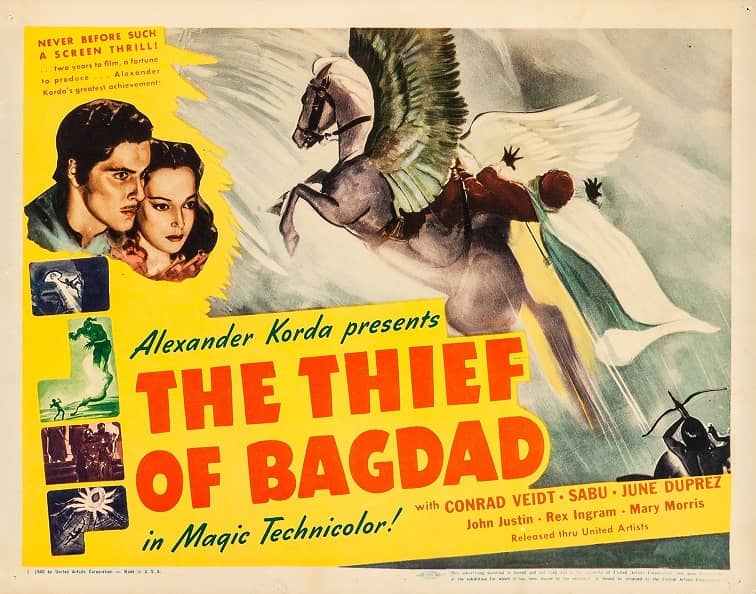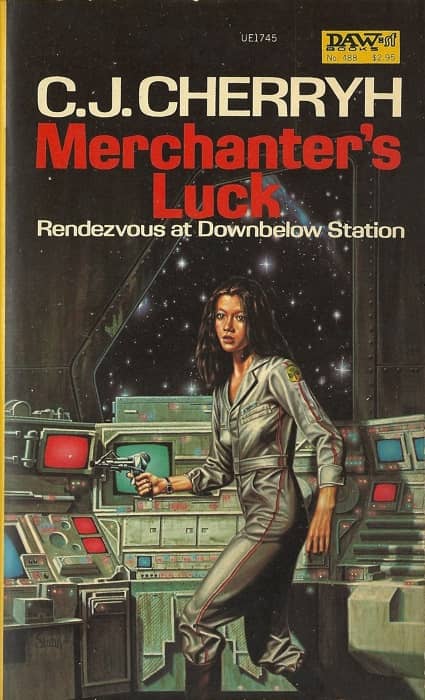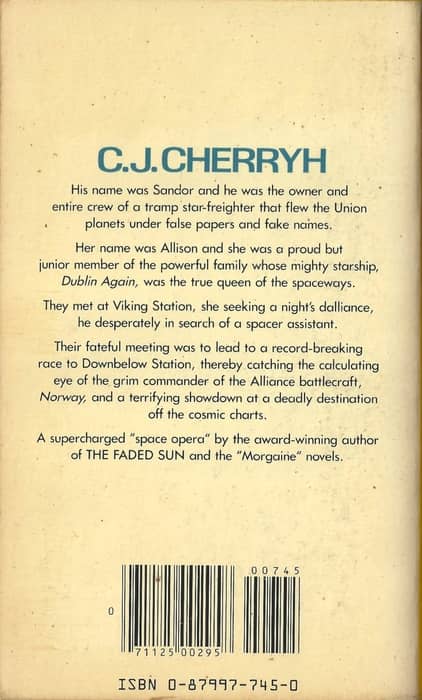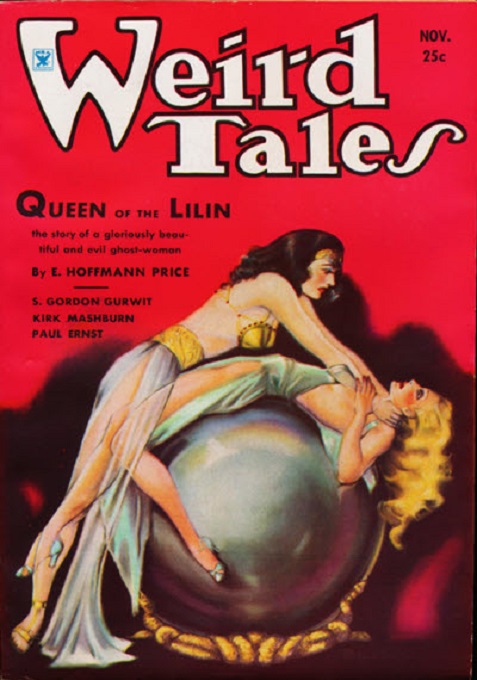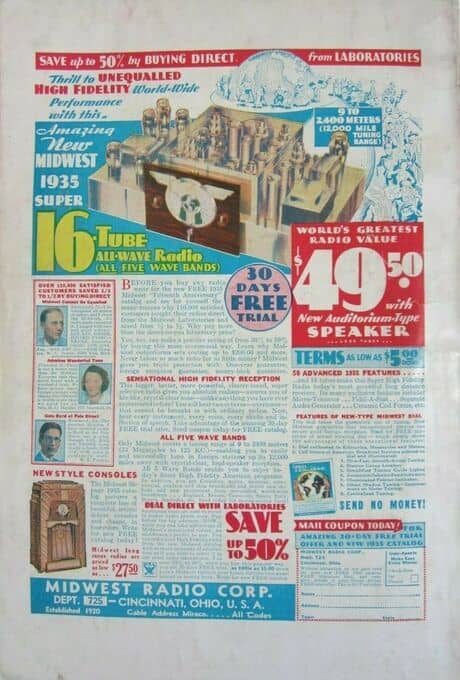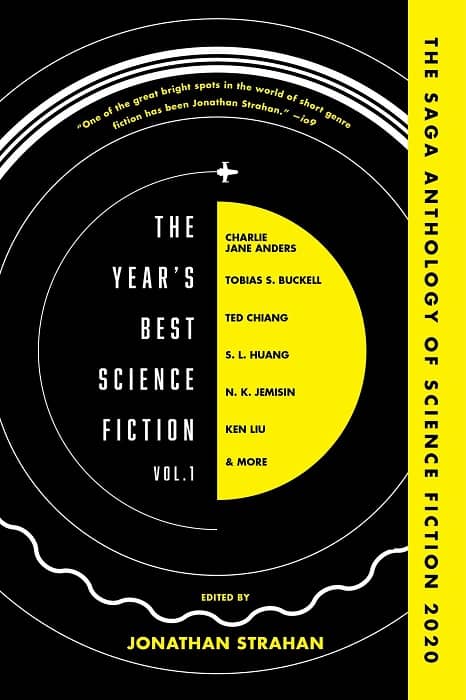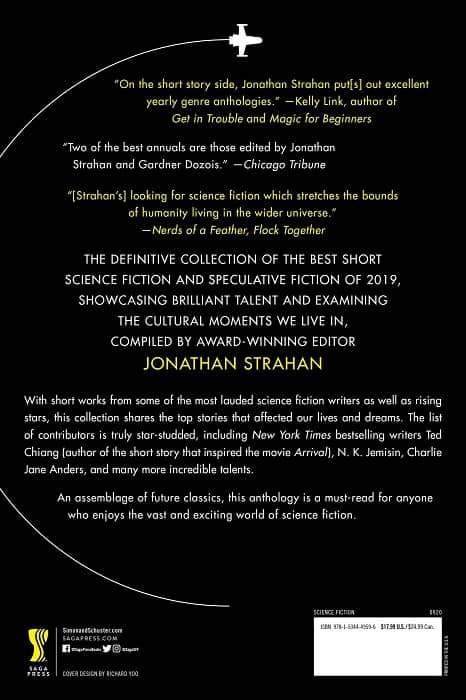A Science Fiction Catastrophe
Just another day living with COVID
When is this going to end? Will it ever truly be over? I certainly don’t know and I don’t know of anyone who does. Neither can I claim that I was prepared when the COVID era suddenly leaped out of the ground and threw itself at our throats like Ray Harryhausen’s murderous skeletons in Jason and the Argonauts, though I do like to think that we science fiction readers were taken just a little less by surprise than most folks were.
Before this happened, we’d at least spent time (in the literary sense) with people who have foreseen disasters like the one we’re living through. Perhaps no theme is more common to the genre, and any science fiction fan worth his or her salt has whole shelves full of books that describe the human race wrestling with apocalyptic attacks that come out of nowhere and change everything. (I know you were hoping the science fiction that would be realized during your lifetime would be contact with a benevolent alien civilization or antigravity cars or an endless power supply that you could carry in your pocket, not this. Me too.)
Maybe that’s why the opening of H.G. Wells’s great book (and the granddaddy of all such end-of-the-world nightmares), The War of the Worlds, has been much on my mind lately.
